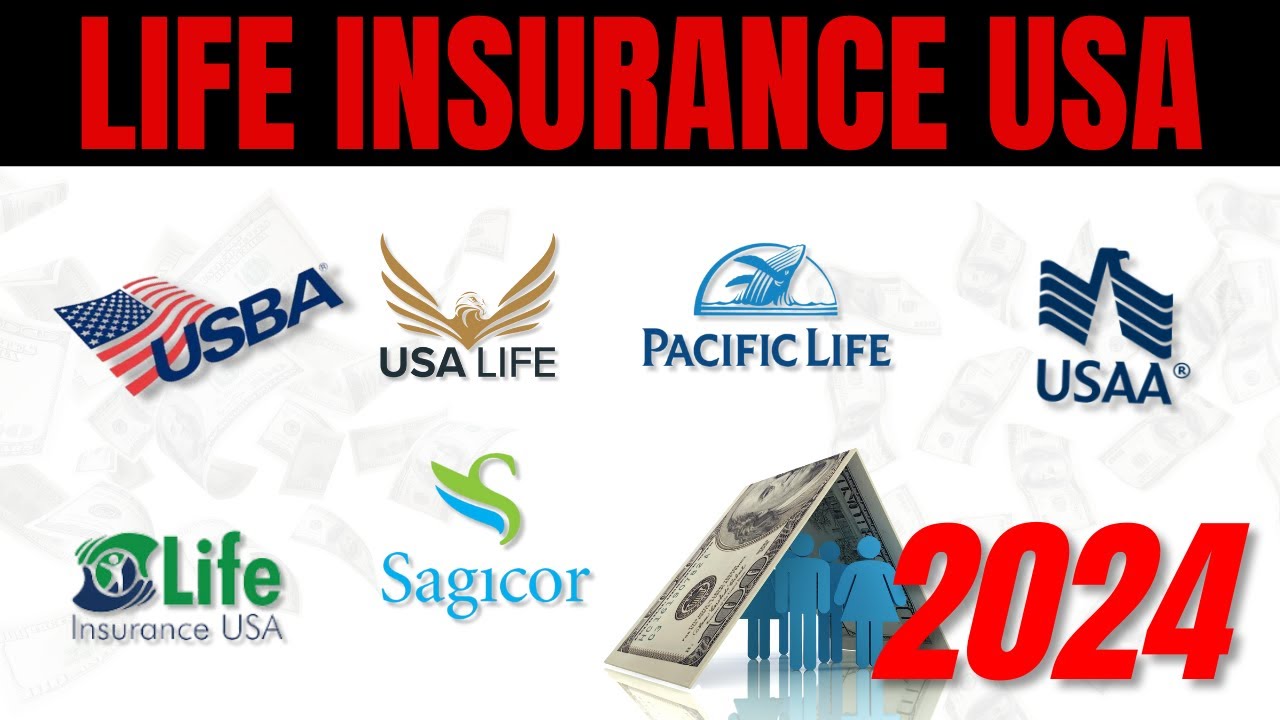Cyclist at Fault Car Accident
Cyclists weaving through city streets and winding country roads often feel on top of the world, taking in their surroundings and enjoying the rush of the wind. However, cyclists are vulnerable road users who can be involved in serious accidents. The results can be devastating, especially when the cyclist is at fault and has to deal with the consequences.
While there are steps cyclists can take to stay safe, there is no guarantee that they will avoid accidents. Drivers are often careless and don’t see the cyclist until it is too late. Cyclists must be aware of their surroundings and take steps to protect themselves.
If you or a loved one has been involved in an accident with a car, it is important to contact a personal injury lawyer as soon as possible. An attorney can help you get the compensation you deserve for your injuries, pain and suffering, and lost wages.
What to Do After a Cyclist-at-Fault Car Accident
If you are involved in a collision with a car while riding a bicycle, there are several things you should do to protect your rights and ensure your safety:
1. **Stay calm and assess the situation.**
– Check for injuries and call 911 if necessary.
– Move to a safe location if possible.
– If you are able, take pictures of the accident scene, including the damage to both vehicles.
2. **Exchange information with the driver.**
– Get the driver’s name, contact information, insurance information, and license plate number.
– Get the names and contact information of any witnesses.
3. **Report the accident to the police.**
– The police will make a report of what happened based on the evidence they find, including witness statements and the driver’s account.
4. **Contact your insurance company.**
– You should report the accident to your insurance company as soon as possible.
5. **See a doctor.**
– Even if you don’t feel injured, it is important to see a doctor to rule out any hidden injuries.
6. **Contact a personal injury lawyer.**
– An attorney can help you get the compensation you deserve for your injuries, pain and suffering, and lost wages.
What are the Common Causes of Cyclist-at-Fault Car Accidents?
There are many different ways that a cyclist can be at fault for an accident with a car. Some of the most common causes of cyclist-at-fault accidents include:
– **Not following traffic laws.**
– Cyclists are required to obey the same traffic laws as drivers, including stopping at stop signs, yielding to right-of-way, and using bike lights at night.
– **Riding in an unsafe manner.**
– This includes riding on the wrong side of the road, riding against traffic, and not wearing a helmet.
– **Distracted riding.**
– Cyclists who are talking on the phone, texting, or listening to music are more likely to be involved in an accident.
– **Riding under the influence of alcohol or drugs.**
– Cyclists who are under the influence are more likely to make mistakes and be involved in an accident.
– **Lack of visibility.**
– Cyclists who are not wearing bright clothing or using lights at night are more difficult to see for drivers.
What are the Consequences of a Cyclist-at-Fault Car Accident?
The consequences of a cyclist-at-fault car accident can be severe. Depending on the circumstances, the cyclist could be facing:
– **Injuries.**
– Cyclists are vulnerable road users, and their injuries can range from minor scrapes and bruises to serious injuries such as broken bones, traumatic brain injury, and paralysis.
– **Medical bills.**
– The cost of medical treatment for a cyclist who has been injured in an accident can be overwhelming.
– **Lost wages.**
– Cyclists who are injured in an accident may be unable to work, which can lead to lost income and financial hardship.
– **Legal liability.**
– Cyclists who are at fault for an accident may be held legally liable for the damages caused to the driver and their vehicle.
Cyclist-at-Fault Car Accidents: Causes and Prevention
In the wake of a high-profile cyclist-at-fault car accident, cyclists and drivers alike are wondering what went wrong.
Common Causes of Cyclist-at-Fault Accidents
Cyclists can be at fault for accidents just like drivers, and the causes are often similar. Some of the most common causes of cyclist-at-fault accidents include:
- Riding without lights at night: This makes it difficult for drivers to see cyclists, especially at night.
- Riding against traffic: This is illegal in most places and can be very dangerous.
- Failing to yield to a vehicle: Cyclists must yield to vehicles at intersections and other places where there is a conflict of traffic.
- Distracted riding: Talking on a cell phone, texting, or listening to music can distract cyclists and make them less aware of their surroundings.
- Impaired riding: Riding under the influence of alcohol or drugs can impair cyclists’ judgment and coordination.
Preventing Cyclist-at-Fault Accidents
Cyclists can take steps to reduce their risk of being involved in an accident. These include:
- Always riding with lights at night: This makes cyclists more visible to drivers.
- Riding with the flow of traffic: This is the safest way to ride.
- Yielding to vehicles: Cyclists must always yield to vehicles at intersections and other places where there is a conflict of traffic.
- Avoiding distractions: Cyclists should avoid talking on cell phones, texting, or listening to music while riding.
- Riding sober: Cyclists should never ride under the influence of alcohol or drugs.
By following these tips, cyclists can help to reduce their risk of being involved in an accident.
Cyclist at Fault Car Accident: Navigating the Complexities of Determining Responsibility
Determining Fault in Cyclist-at-Fault Accidents
When a cyclist and a car collide, determining fault can be a thorny issue. Unlike clear-cut cases of a car rear-ending another car, the dynamics of a cyclist-at-fault accident introduce complexities that require a nuanced approach. To unravel the puzzle of responsibility, investigators meticulously examine every facet of the incident, including the police report, witness accounts, and physical evidence. These elements form a mosaic that helps paint a picture of what transpired.
Establishing Negligence: The Core of Fault
The cornerstone of fault determination in cyclist-at-fault accidents lies in the concept of negligence. Negligence is the legal term for failing to exercise the level of care that a reasonable person would under similar circumstances. For a cyclist to be deemed at fault, they must have breached this duty of care, causing the accident or contributing to its severity. Determining whether negligence occurred requires a careful analysis of the specific actions or omissions of the cyclist.
Contributing Factors and Comparative Negligence
In many cyclist-at-fault accidents, multiple factors contribute to the collision. These factors can include driver distraction, speeding, or failure to yield. When more than one party shares responsibility for an accident, the concept of comparative negligence comes into play. In states that adhere to comparative negligence, fault is apportioned among the parties based on their percentage of responsibility. This means that even if the cyclist is found to be partially at fault, they may still be entitled to compensation if the driver was also negligent.
The Weight of Evidence: Unraveling the Truth
Witness statements, police reports, and physical evidence serve as crucial pieces of the puzzle in determining fault in cyclist-at-fault accidents. Eyewitness accounts can provide valuable insights into the events leading up to the collision, while the police report documents the scene and any statements made by the parties involved. Physical evidence, such as skid marks or damaged bicycle components, can corroborate or contradict witness testimony. By painstakingly piecing together these elements, investigators can reconstruct the accident and pinpoint the root cause of the incident.
The Importance of Legal Representation
Navigating the complexities of cyclist-at-fault accidents requires skilled legal representation. An experienced attorney can help protect your rights, gather evidence, and present a compelling case on your behalf. They can ensure that your voice is heard throughout the process, and that you receive fair compensation for your injuries or losses.
Cyclist at Fault Car Accident
When a cyclist and a car collide, the cyclist is often the one who is injured. And while there are times when the driver of the car is at fault, there are also times when the cyclist is responsible for the collision.
If you’re a cyclist, it’s crucial to understand your responsibilities on the road. Obeying the rules of the road, wearing a helmet, using lights at night, and riding with the flow of traffic can help you avoid crashes.
Cyclist Responsibility
Cyclists have a responsibility to obey the rules of the road and to ride safely. They should always wear a helmet, use lights at night, and ride with the flow of traffic. Cyclists also need to be aware of their surroundings and be prepared to yield to pedestrians and vehicles.
Cyclists who fail to obey the rules of the road put themselves and others at risk. For example, a cyclist who runs a red light or who rides against traffic is likely to cause a collision. Cyclists who don’t wear helmets are also more likely to be injured in a crash.
In addition to obeying the rules of the road, cyclists also need to be aware of their surroundings. They should be looking for potential hazards, such as potholes, uneven pavement, and other vehicles. Cyclists should also be prepared to yield to pedestrians and vehicles.
By obeying the rules of the road, wearing a helmet, and being aware of their surroundings, cyclists can help avoid crashes and stay safe.
Cyclist Negligence
Cyclists can be negligent in a number of ways, such as:
- Failing to obey the rules of the road
- Riding under the influence of alcohol or drugs
- Riding without a helmet
- Riding against traffic
- Distracted riding
When a cyclist is negligent, they may be liable for any damages caused by the accident. For example, if a cyclist runs a red light and causes a collision with a car, the cyclist may be liable for the driver’s medical expenses, property damage, and lost wages.
If you’re a cyclist, it’s crucial to be aware of your responsibilities on the road. By obeying the rules of the road, wearing a helmet, and being aware of your surroundings, you can help avoid crashes and stay safe.
Cyclist-at-Fault Car Accidents: A Detailed Guide to Responsibilities and Liabilities
In the realm of road safety, the intersection of cyclists and cars poses unique challenges. While cyclists have a duty to ride responsibly, drivers also bear a significant obligation to be vigilant and ensure the well-being of all road users. A cyclist-at-fault car accident, though often overlooked, can lead to devastating consequences and raise complex legal questions.
Cyclist Responsibility
Cyclists, as vulnerable road users, have an inherent responsibility to prioritize their safety. Obeying traffic laws, using proper safety gear, and maintaining a reasonable speed are paramount. Cyclists must always yield to pedestrians and vehicles with the right-of-way, and they should never ride under the influence of alcohol or drugs.
Car Driver Responsibility
Drivers also have a responsibility to be aware of cyclists and to drive safely. They should always yield to cyclists, particularly at intersections and crosswalks. Drivers must never drive under the influence of alcohol or drugs, as impaired judgment can lead to catastrophic accidents.
Determining Fault
In the event of a cyclist-at-fault car accident, determining liability can be intricate. Factors such as who had the right-of-way, whether there was negligence on either side, and the severity of injuries play a crucial role in assigning blame. Insurance companies will investigate thoroughly to assess fault and determine appropriate compensation.
Common Negligence Claims
Negligence, whether by a cyclist or driver, can significantly contribute to a cyclist-at-fault car accident. Common negligence claims include:
- Cyclists running red lights or stop signs.
- Drivers failing to yield to cyclists at intersections.
- Cyclists riding under the influence of alcohol or drugs.
- Drivers operating vehicles while intoxicated.
- Cyclists not wearing helmets or other safety gear.
Preventing Cyclist-at-Fault Car Accidents
Preventing cyclist-at-fault car accidents requires a collaborative effort from cyclists, drivers, and policymakers. Cyclists can enhance their safety by wearing visible clothing, using lights at night, and always being aware of their surroundings. Drivers should practice defensive driving, yield to cyclists, and avoid distractions such as texting or talking on the phone while behind the wheel. Lawmakers can implement infrastructure improvements like dedicated bike lanes and protected intersections to create a safer environment for all road users.
By understanding the responsibilities of cyclists and drivers, recognizing common negligence claims, and working together to prevent accidents, we can create a safer and more equitable transportation system that benefits everyone.
Cyclist at Fault Car Accident
Cyclists are often at fault in car accidents, but there are steps they can take to reduce their risk. A recent study by the National Highway Traffic Safety Administration (NHTSA) found that cyclists were at fault in nearly half of all car accidents involving a cyclist. The most common causes of cyclist-at-fault car accidents are failing to yield to traffic, running red lights, and riding on the wrong side of the road.
Causes of Cyclist-at-Fault Car Accidents
Cyclists can take steps to avoid being involved in an accident by following the rules of the road and being aware of their surroundings. Here are some tips for cyclists:
- Obey all traffic laws, including stop signs and red lights.
- Ride in the same direction as traffic, not against it.
- Be aware of your surroundings and be prepared to stop or avoid obstacles.
- Wear a helmet and use a bike light when riding at night.
Steps to Improve Safety
In addition to following the rules of the road, cyclists can also take other steps to improve their safety. One important step is to wear a helmet. Helmets can reduce the risk of head injury in the event of an accident. Another important step is to use a bike light when riding at night. Bike lights help cyclists to be more visible to drivers, which can help to prevent accidents.
What to Do If You’re Involved in an Accident
If you’re involved in a cyclist-at-fault car accident, there are some steps you should take to protect yourself and your rights. First, call the police. The police will need to file a report on the accident, which will be important for insurance purposes. Second, get the contact information of the other driver(s) involved in the accident. Third, take pictures of the accident scene. These pictures can help to prove what happened in the event of a legal dispute. Finally, seek medical attention, even if you don’t think you’re injured. Some injuries may not be immediately apparent, so it’s important to get checked out by a doctor.
What Damages Can I Recover?
Depending on the specific circumstances of a cyclist at fault car accident, the cyclist may be able to recover compensation for their injuries, lost wages, pain and suffering, and other damages. An attorney can provide advice on the legal rights of cyclists and help them to recover damages in a lawsuit.
Insurance Coverage
If you’re a cyclist and you’re hit by a car, you may be able to file a claim with the driver’s insurance company. This is true even if you were at fault for the accident. However, your recovery may be limited if you were more than 50% at fault for the accident. Insurance companies will often try to argue that the cyclist was at fault for the accident in order to avoid paying out a claim. This is why it’s important to have an attorney on your side who can help you to fight for your rights.
Conclusion
Cyclist-at-fault car accidents are a serious problem, but they can be prevented by taking steps to improve safety. Cyclists and drivers both have a responsibility to be aware of each other and to obey the rules of the road. By following these tips, cyclists can reduce their risk of being involved in an accident.




Leave a Reply